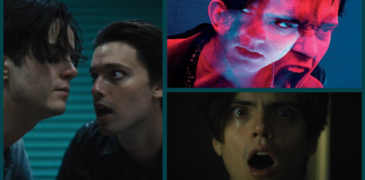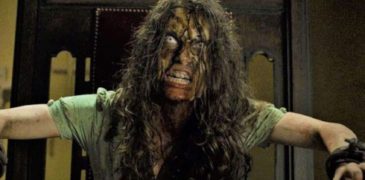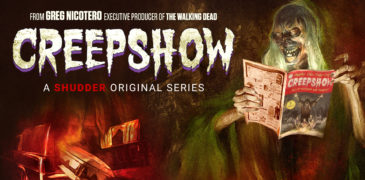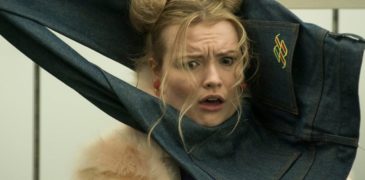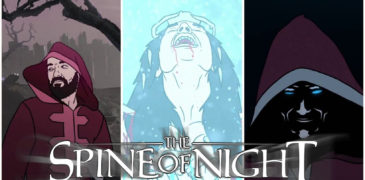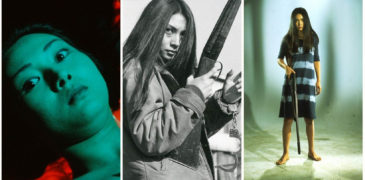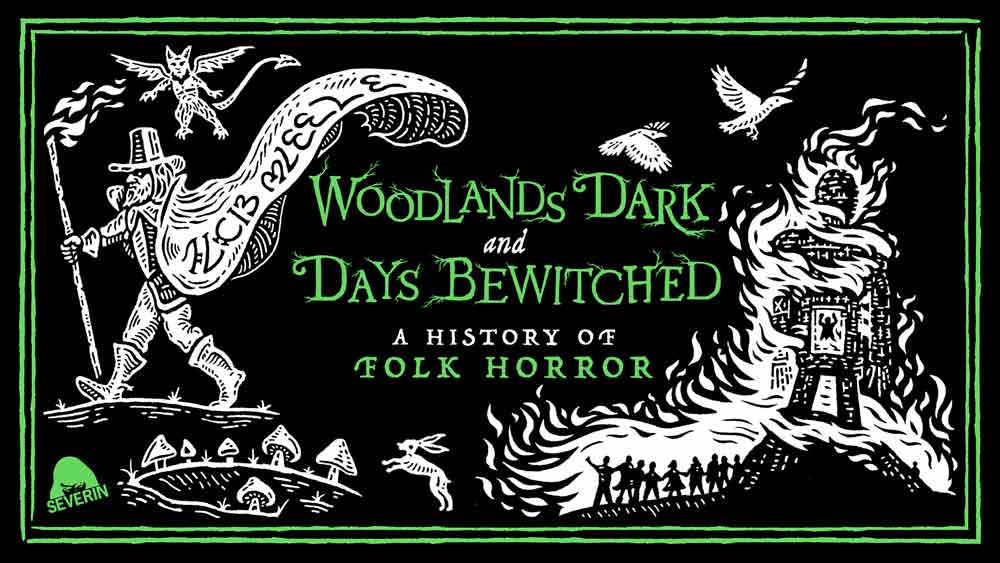
Explore the rural roots, occult creeds and cultural lore that continue to shape international cinema.
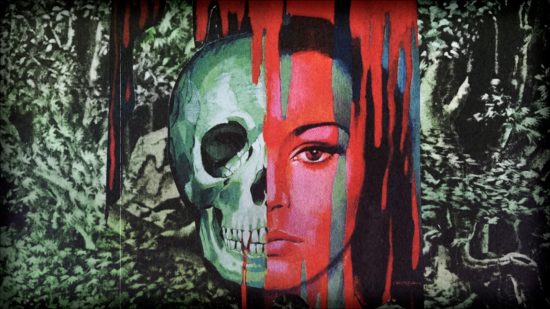
The folk horror genre is as diverse as the countries, cultures, and eras in which is is or has been created, and continues to evolve today. However, there are key fundamentals of folk horror that translate no matter where or when a film originates, and the brilliant minds behind Woodlands Dark and Days Bewitched consider this in astonishing detail. Whether you are a longtime fan of the genre, adept in listing numerous media that fit the bill, or a newcomer interested in the hype, this monumental documentary will have something for you.
All around horror powerhouse Kier-La Janisse writes, directs, and contributes commentary, bringing her usual astonishing level of detail to the film. In fact, Woodlands Dark and Days Bewitched: A History of Folk Horror borders on MasterClass status with over 3 hours of content exploring the subgenre through over 50 interviews and what feels like hundreds of films. Even the most knowledgeable horror fan should walk away with a new perspective, insight, or at least a few more titles to check out. The film is broken down into six sections that take a closer look at various aspects of folk horror, the evolving nature of the term through the changing decades, specific tropes (such as witches), and explores various countries and cultures that have brought new meaning to the term “folk horror.”
The various creators and critics in the film have varying interpretations of the term, but a general consensus is that folk horror is a clash between the “old” and the new, where the “old” could be anything from the the old ways, practices, or remnants that inhabit a rural landscape. For this reason folk horror is often portrayed as modernity stumbling into rural spaces, often disturbing something that lays dormant or unseen by outsiders. This of course is a limited perspective, and the film takes great care to illuminate the various and innovative ways the subgenre has been utilized.
It begins by examining the early use of the term to describe British films and television programs coming out in the 60s and 70s. Though earlier films definitely fit the description, the film starts by exploring where the term came originated. This was particularly interesting to me because I have seen many of the films they talked about in this early section, but didn’t make the connection to folk horror, largely due to my American upbringing. I have associations with Appalachian horror, monsters born of local legend, and unexplored place where white settlers disturb something ancient and angry (unfortunately most often manifesting as the “Indian burial ground”). However, I come from a country where many of the citizens–myself included–barely trace their origins to the soil back more than 100 years (Indigenous and Native Americans would of course have a much different view of course). It’s a strange concept to the descendant of white settlers and immigrants that beneath the soil would be remnants of their past or a dark heritage thousands of years old.
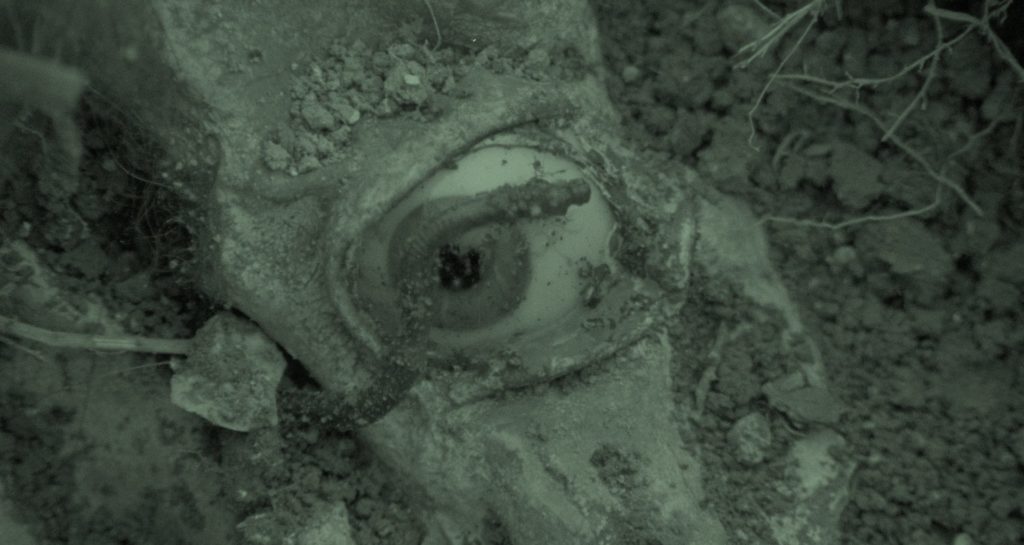
The flow from one topic to the next, and even from interview to interview, is so well executed that this hefty documentary flies by. Intermixed between the section topics are readings of folk horror poetry or songs, set to animations and animated collages that are just as chilling as the movies referenced. Interviewees include scholars and critics in the field of folk horror and creators with varying notoriety and cultural backgrounds, really fleshing out perspectives from all angles. The film is delightfully progressive, even tackling the aforementioned “Indian burial ground” trope with the help of First Nations Canadian journalist Jesse Wendt, who offers insight and humor alike. The section on the trope of The Witch discusses the fear of powerful women, and just like the framing of the Indian burial ground trope, gives modern understanding to long existing imagery and storytelling.
However, the most enjoyable aspect of the documentary is the staggering number of films referenced. Make sure you bring paper and pencil, or have your Letterbox’d ready, because it is a smorgasbord for your “to watch list.” Fans of Kier-La Janisse’s pivotal book House of Psychotic Women, with its astounding plethora of referenced films exploring female neurosis in horror, will likely not be surprised that she brings this same level of incredible depth to her film. About two-thirds of the way through my first watching I completely stopped taking notes and just furiously wrote down titles I was curious about. Specifically Australian folk horror caught my attention since it was a collection I was unfamiliar with and explores folk themes in intriguing and divergent ways.
Woodlands Dark and Days Bewitched: A History of Folk Horror is an incredibly valuable documentary to the horror genre, surprisingly enjoyable and watchable despite run time, and ends by posing the theory that in our changing world we are about to see a proliferation of new visions of folk horror. Now streaming on Shudder, and well worth your attention!
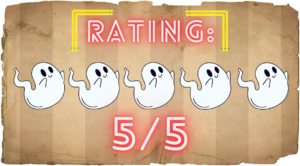
More From Shudder
There’s an alluring quality that surrounds the link between horror and the queer community, from its roots in the 18th and 19th century with the emergence of queer coded Gothic fiction… Synopsis: Childhood friends are trying to carve out their own piece of infamy online by staging exorcists and selling bunk merch. Wanting to increase their following, the two struggle to come… The Creepshow anthology series came back with a bang for Season 2, with fresh explorations of the modern age of technology and current socio-political landscapes, along with the well-known and… Straight Outta Kanto here, reviewing for all you dedicated followers of fashion a movie that will knock your socks off! Or should that be… knock your “slacks” off? Slaxx is… The Spine of Night (2021) is an ultra-violent, animated dark fantasy horror, written and directed by Philip Gelatt and Morgan Galen King. Following the history of a land that never… It’s hard to remember when the “women’s prison” subgenre was iconoclastic, given its popularity these days. But, before we had series like Orange is the New Black, Vis a Vis,…Homoerotic Subtext in Daniel Isn’t Real (2019) Film Review – Homoeroticism is Hard as Ever
The Cleansing Hour (2019) Review – The Devil Wants More Followers!
Creepshow Season 2 (2021): Top 3 Episodes Ranked
Slaxx (2020) Film Review – Revenge of The Killer Trousers
The Spine of Night (2021) Film Review – Dark Rotoscope Animation Fantasy
The Prisoner Scorpion Movies Ranked
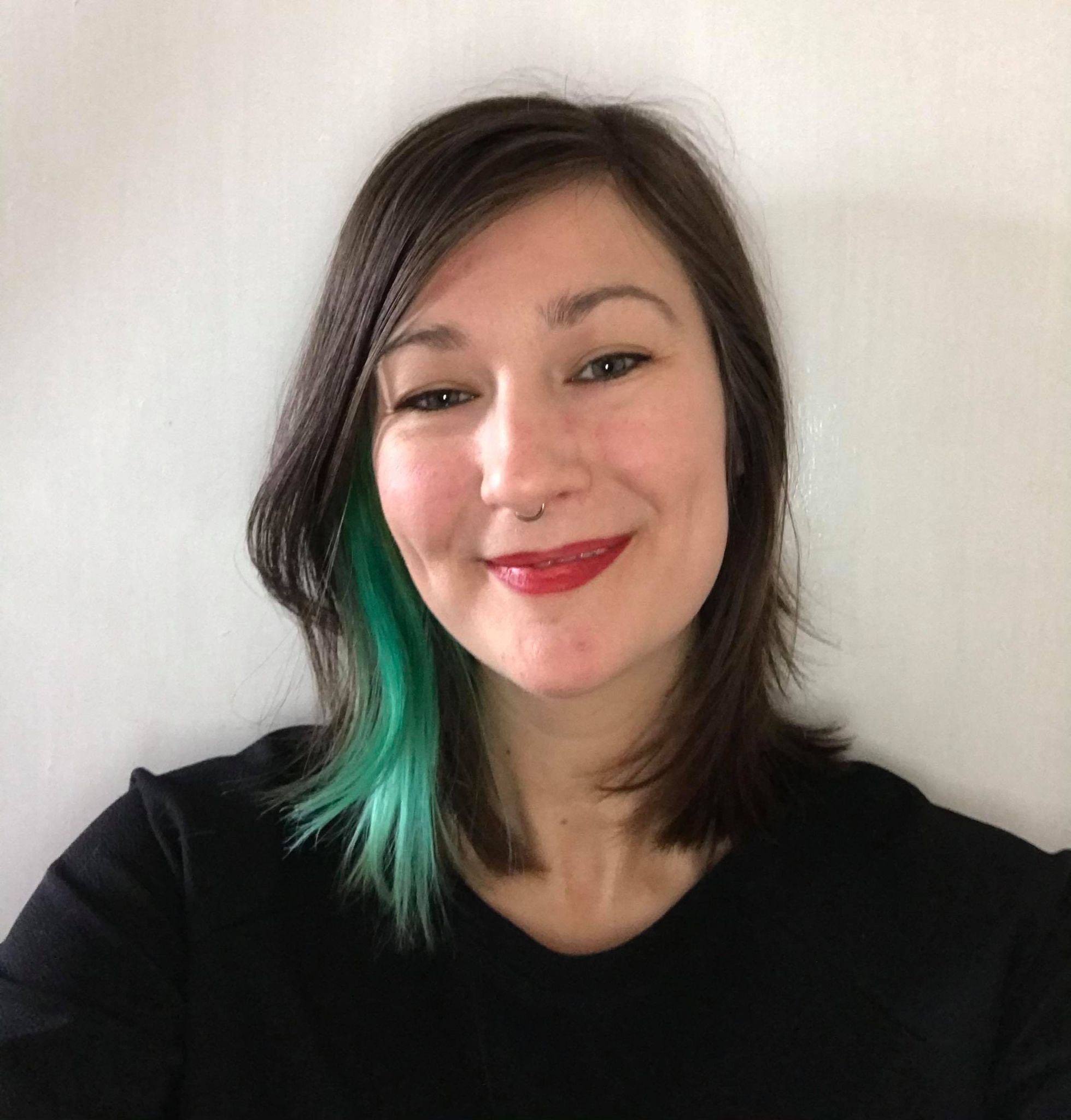
A study in contrasts, Aubry is a lover of knitting and rescuing strays, but also most likely the one cheering loudest during gory horror scenes.
Someday she’s going to get too excited and accidentally stab herself with a knitting needle.
